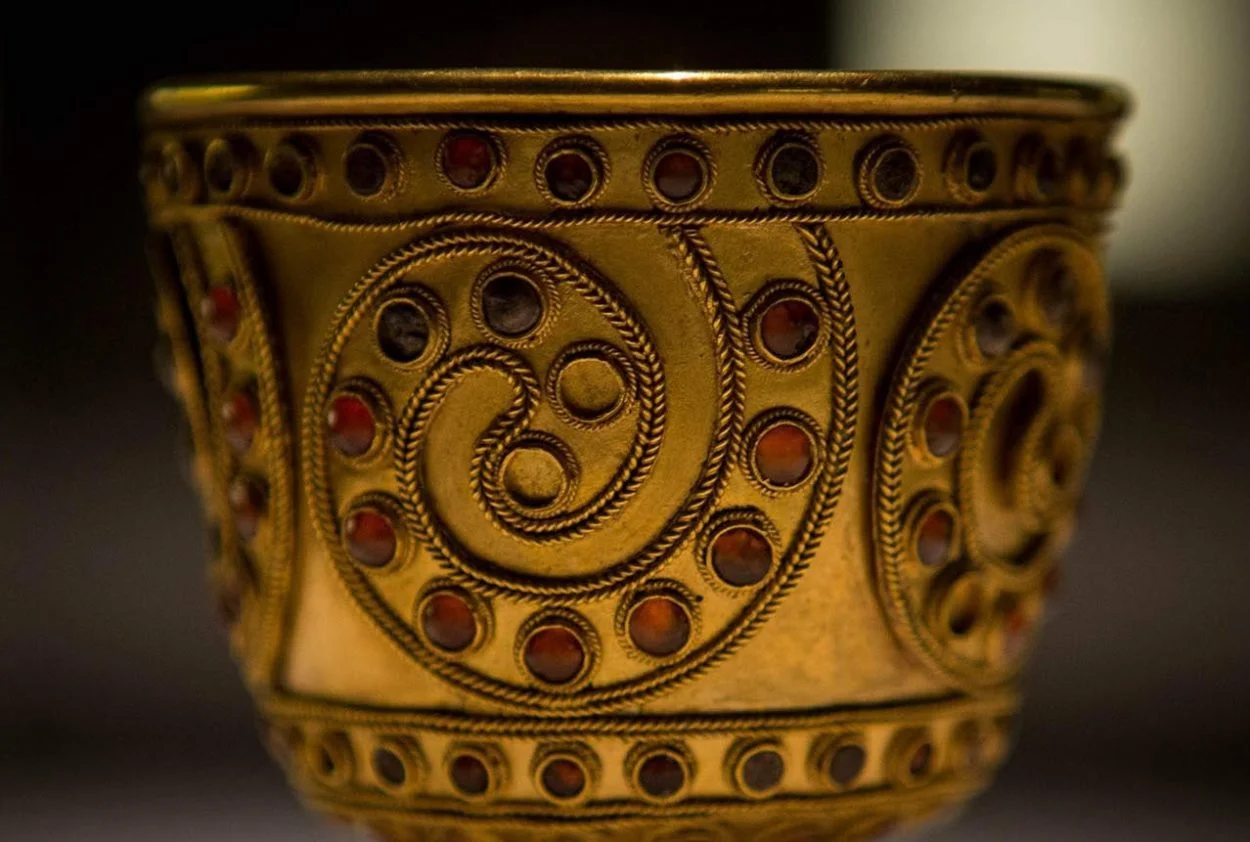A study of thousands of Bronze and Iron Age artefacts has suggested that gold became seen as excessive, and went out of fashion for a period lasting hundreds of years.
Researchers at the Cranfield Forensic Institute (CFI) studied gold objects from 89 sites across the South Caucasus, where they revealed how gold was rejected at some of the world’s ancient centres for gold mining and gold working.
The study created a geospatial analysis, and analysed archaeological evidence to test possible explanations for the decline in gold from 1500-800 BC, in areas which had previously developed a highly complex and elaborate gold metallurgical tradition.
Spatial modelling indicated that there was no correlation between ease of access to ore deposits, suggesting that loss of access was not a prime cause. Archaeological evidence and genetic studies suggest no demographic disruption or social collapse, instead it demonstrates a period of prosperity and innovation in metal technologies other than gold.
Dr Nathaniel Erb-Satullo from Cranfield University said: “The findings suggest that rather than any shortages, the abandonment of gold was due to cultural factors. The way that gold objects were used in society provided clues as to the nature of this social rejection.”
The researchers believe that in the centuries leading up to the decline, gold had become an extreme symbol of elitism (evident by the volume of grave goods made from gold), which would become rejected as acceptability of this kind of conspicuous consumption shifted.
Dr Erb-Satullo added: “People still buried their dead with an array of grave goods and social differences were still visible, but huge, ostentatious burial mounds disappeared, and gold is noticeably absent. In general there was a turn away from a social order that emphasised elite individuals towards one that centred political and religious institutions, manifested by the appearance of monumental fortresses and sacred shrines.”
Header Image Credit : Steve Batiuk, ASOR – CC BY 4.0





